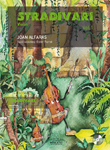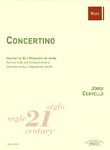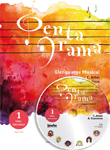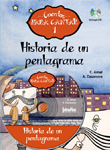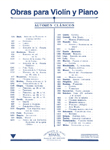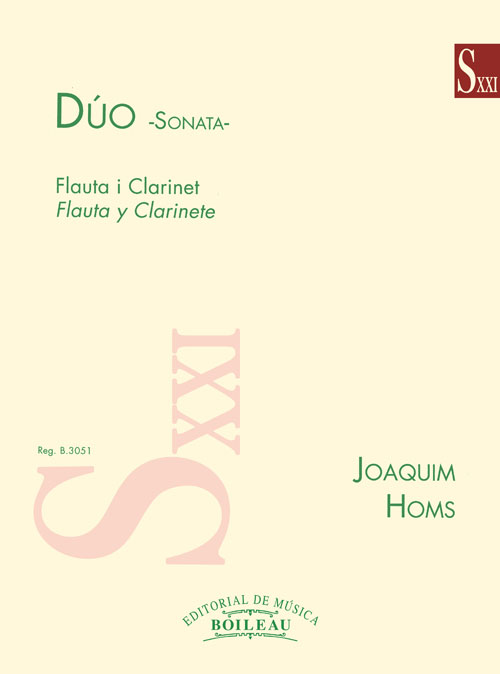WORKS
- Genre
-
Musical education
- Choir
- Counterpoint
- Dictation
- Direction
- Exam study manuals
- General music pedagogy
- Harmony
- Hearing
- Illustrations / Posters
- Improvisation / Sight reading
- Instrument methods
- Instrument pedagogy
- Instrumental study repertoire
- Instrumentation and orquestration
- Musical language
- Solfège
- Templates
- Theory and analysis
-
Incidental music
-
Lined paper
-
Flamenco
-
Religious music
-
Classical / contemporary
-
Modern music
-
Folk music / traditional
-
Musicology
-
Divulgation
-
Games and hobbies
-
Music therapy
-
Children / Youth
-
- Instruments
- Ensemble
- Difficulty level
- Period
- Genre
SOPORTE
Search
Find here: books, scores, composers, digital pieces, cd's
Best-selling works
Our classics

Newsletter
I wish to be informed of the news about your music
We have received your e-mail correctly
Multimedia
Duo-Sonata
Flauta y Clarinete
HOMS, JoaquimHOMS, JoaquimHOMS, JoaquimReg.: B.3051
13,50 €
P.V.P. (VAT included 4%)
Add to cart
- Ensemble: Solo.
- Genres: Classical / contemporary: Chamber.
- Product format: Partitura
- Difficulty level: Advanced-superior
- Period: 1st half S. XX
- Publishing house: Editorial Boileau
- Collection: Siglo XX
- No. of pages: 16
- Measure: 31,00 x 23,00 cm
- Lenght: 9'00"
- ISBN: 978-84-8020-204-6
- ISMN: 979-0-3503-0152-0
- Available in digital: No
- Available for rent: No
Duet –Sonata for flute and Bb clarinet was composed between 1934 and 1936. It premiered at the opening concert on April 21, 1937 of the Festival of the International Society for Contemporary Music (SIMC) in Paris. Thus, this work represents the composer's first international projection.
There is a precedent for this duo-sonata, which is the 1931 Two-Clarinet Duo with which Homs began the characteristic of using small chamber groups with solo instruments, often unusual even at that time. This Duo for flute and clarinet gathers the fruit of these first experiences and the expertise of his friend Robert Gerhard; one of the two preceding clarinets becomes a flute, versatile and possessing a contrasting timbral characteristic. The shape is also enlarged, now converted into a small suite or, rather, into a four-movement sonatina.
Both the old and new themes already cover the entire color spectrum and, therefore, can be considered first dodecatonic experiments.

